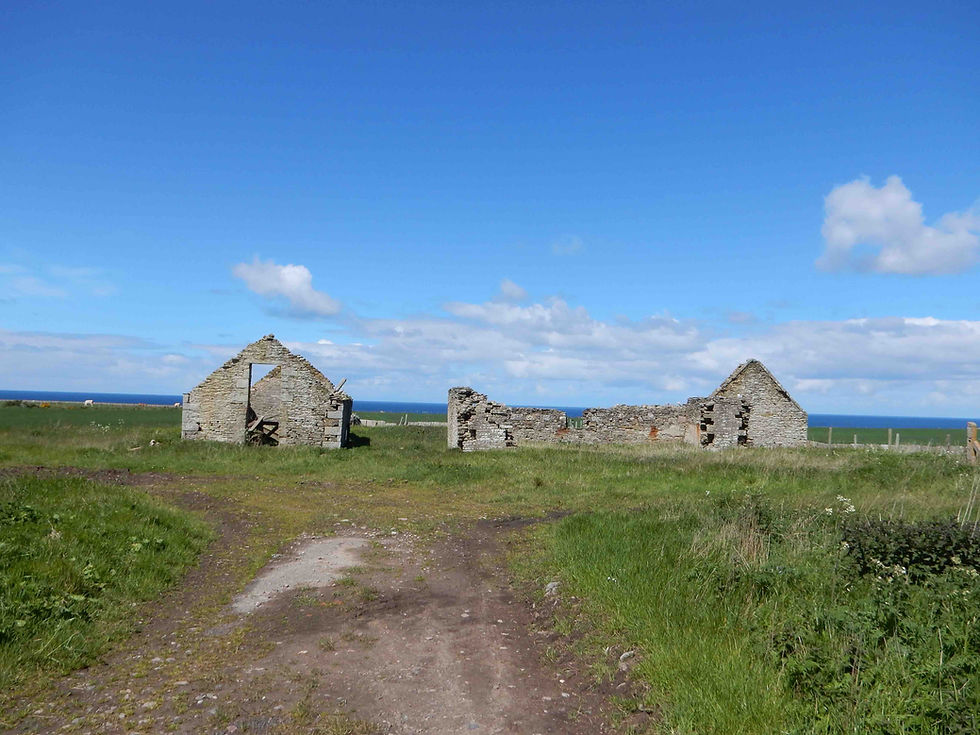Blueface Leicesters and the history of wool in Great Britain
- Jane's Felt

- Jun 19, 2021
- 4 min read
Updated: Mar 21
The unusual and distinctive breed and its place in British wool production.

There have been longwool breeds of sheep in Great Britain since the middle ages. At that time, British wool was a valuable commodity so the focus was on wool production. Consequently, these sheep were poor producers of lamb and mutton.The raw wool was exported to the weavers of Flanders in cities such as Bruges, Ghent and Ypes. From 13th-15th Century, wool was the backbone of the British economy (Shakespeare’s father was a wool trader) and the Lord Chancellor in the House of Lords still sits on the ‘woolsack’ stuffed with Cheviot wool.

Vast numbers of sheep were kept for wool in the middle ages. From the 11th Century, Cumbrian Fell ponies (see https://www.ullswaterfeltart.com/post/cumbrian-fell-ponies-the-centenary-of-the-fell-pony-society-2022) were used to carry fleeces and woollen goods long distances. By the 13th Century this practice had evolved into pack trains, with the front pony wearing bells so that the others could follow in poor weather. In the winter of 1492-3, when fine wool was one of Britain's largest exports, 11 Kendal traders made 14 journeys to Southampton carrying cloth. These pack pony trains continued into the 20th Century.
Later on the landowners dealt directly with the Flemish merchants, cutting out the middle man. The merchants continued to buy from peasants who even had specially built balconies to display their wares.


The wool trade was so lucrative that it was heavily taxed by cash-strapped monarchs. Edward III even went to war with France to protect the wool trade with Flanders (“The hundred years war” 1337-1453). The Flemish weavers fled to Britain and set up workshops all over the country. By the 15th Century, Britain was producing much more cloth.

The wool trade and the huge profits to be made lead to the ‘Highland Clearances’ between 1750 and 1850, where landowners forcibly removed crofters in order to convert their mixed smallholdings into more sheep grazing. Many of these tenants fled to Canada and the United States

It was the genius of Robert Bakewell (1725-95) of Dishley, Leicestershire who converted the medieval longwool (or Old English Leicester Longwool, see: https://www.ullswaterfeltart.com/post/leicester-longwool-sheep) into the longwool breeds of today.
Robert Bakewell was a pioneer of selective breeding. Selective breeding was made easier by the concurrent enclosure movement where commons were carved up, fenced and divided between tenant and landowners. The quality of the sheep improved because there was less incentive to overstock. When everyone’s sheep were grazing together on commons, selective breeding was difficult and diseases spread quickly.

Robert Bakewell used Teeswaters, Old English Leicester Longwool, Ryelands and other local sheep to create the “Improved Dishley Leicester.” This was a bigger, faster maturing breed addressing the demand for meat.
Robert Bakewell leased his improved rams out, enabling him to test many more rams than he would have been able to alone, so he could make faster improvements. His Dishley Leicester was used to improve many other breeds and to create new one including the modern Leicester Longwool (see my previous blog on Leicester Longwools: https://www.ullswaterfeltart.com/post/leicester-longwool-sheep).

Robert Bakewell gathered a following, the most famous of which were Matthew and George Culley. They used improved Dishley Leicester rams, Teeswaters and Cheviots to create the breed we call the Border Leicester. These are now regarded as “at risk” by the Rare Breeds Survival Trust. The Border Leicester has beautiful, curly, lustrous wool and is used extensively as a crossing sire (see: https://www.ullswaterfeltart.com/post/swaledale-sheep-and-the-sheep-breeding-pyramid) giving hybrid vigour to the lambs and improving the quality of the wool.

The Wensleydale breed can be traced back to “Bluecap”, a ram born in North Yorkshire in 1839. They were a cross between a Dishley Leicester ram and a Teeswater ewe. He was a large ram with a nearly black skin and a fine white, longwool coat. The Wensleydale fleece is finer than the Border Leicester and prized by hand spinners. The Wensleydale is also extensively used as a crossing sire. When crossed with a Swaledale ewe, the result is a Masham.


The Bluefaced Leicester came about at the end of the 19th Century by selecting Border Leicesters with dark skins and fine fleeces. Blue-skinned Wensleydales were also probably used. It was created as a ‘crossing breed.’ They are extensively use as the first cross in the meat-breeding pyramid, being crossed with Swaledales (amonst others) to produce the North Country Mule (see https://www.ullswaterfeltart.com/post/swaledale-sheep-and-the-sheep-breeding-pyramid). The dark skinned rams produced much finer wool in the North Country Mule than occurs in the Swaledale and their wool now makes up about 25% of wool bought by British Wool.
The Bluefaced Leicester spread rapidly across Great Britain, replacing the Teeswater as a crossing sire. Today, the Bluefaced Leicester produces the majority of commercial breeding ewes in the UK.

And then there were two
In the last 30 years, there has been a divergence in the Blueface Leicester population. North Country Mule lambs have strikingly attractive facial markings. Blueface Leicester rams with the genes to produce these marking have been selectively bred and tend to have similar marking to their Mule offspring. The traditional Bluefaced Leicester has a blue head and white legs (see photograph at the top of this blog), whereas the modern Blueface Leicester has brown markings on its face and often brown legs too. Currently, they are still regarded as one breed.

I love to needle felt Blueface Leicesters for two reasons: I can photograph them a few yards from my house and their wool is gorgeous to work with! My background colours are also Blueface Leicester bought from a talented local lady.I have sample bags of Blueface Leicester locks in my fleece shop: https://www.ullswaterfeltart.com/fleece

https://www.rbst.org.uk/wensleydale
https://bflsheep.com/history-of-bfl-sheep/







Comments